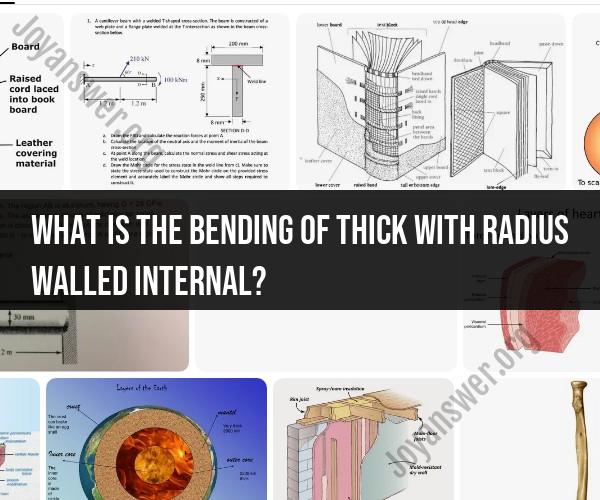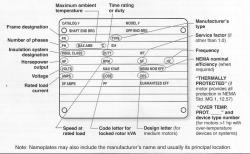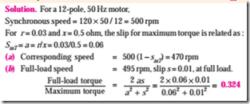What is the bending of thick with radius walled internal?
Bending thick-walled materials with internal radii refers to a manufacturing process where a workpiece, often a metal or plastic tube or pipe, is bent into a curved shape with a specific internal radius. This process is commonly used in various industries, such as metalworking, construction, and manufacturing, to create components with curved or circular features. The "thick-walled" aspect indicates that the workpiece has a substantial wall thickness, which may require special techniques for bending.
Here are some techniques for bending thick-walled materials with internal radii:
Cold Bending: Cold bending is a common method for thick-walled materials. In this process, the workpiece is bent without applying heat. The material is clamped in a bending machine or fixture, and force is applied to achieve the desired curvature. Cold bending is suitable for materials that are not easily affected by deformation and can maintain their structural integrity without excessive heating.
Mandrel Bending: Mandrel bending is a precise method often used for thick-walled tubes or pipes. A mandrel (a solid rod or flexible cable) is inserted into the workpiece to support the inner wall while bending. This prevents the workpiece from collapsing or deforming internally during the bending process. Mandrel bending is suitable for applications where a consistent internal radius is critical.
Heat Induction Bending: Heat induction bending is used for materials that are difficult to bend at room temperature. In this process, the workpiece is heated locally using induction heating or a torch to a specific temperature range where it becomes more malleable. It is then bent using mechanical force or a bending machine. Once the bending is complete, the workpiece is allowed to cool and regain its original properties. Heat induction bending is useful for thick-walled materials that would be prone to cracking or deformation when bent cold.
Roll Bending: Roll bending, often used for large-diameter pipes or structural sections, involves passing the workpiece through a set of rollers that gradually shape it into the desired curve. Roll bending is typically used for materials that are too thick to be bent easily with other methods.
Press Brake Bending: Press brake bending is commonly used for sheet metal with thick walls. A press brake machine applies force to a workpiece, bending it around a die with a specific radius. This method is suitable for achieving precise bends in thick materials.
The choice of bending technique depends on the material, wall thickness, desired internal radius, and the specific requirements of the project. It's important to consider factors like material properties, equipment availability, and the need for a consistent internal radius when selecting the appropriate bending method. Additionally, safety precautions and proper equipment should be used when bending thick-walled materials to prevent accidents and ensure accurate results.
What is the concept of bending thick-walled internal structures?
Bending thick-walled internal structures is the process of deforming a thick-walled structure into a curved shape. This can be done using a variety of methods, such as press brakes, rolling machines, and hydroforming.
Thick-walled internal structures are often used in applications where high strength and stiffness are required. Examples of thick-walled internal structures include:
- Pressure vessels
- Boiler drums
- Heat exchangers
- Nuclear reactor components
- Aerospace components
Factors influencing the bending of thick-walled internal components.
There are a number of factors that influence the bending of thick-walled internal components, including:
- Material properties: The material properties of the structure, such as yield strength and ductility, will affect how easily it can be bent.
- Wall thickness: The thicker the wall, the more difficult it will be to bend the structure.
- Bend radius: The tighter the bend radius, the more difficult it will be to bend the structure.
- Internal pressure: If the structure is under internal pressure, it will be more difficult to bend.
- Residual stresses: Residual stresses in the structure can also affect the bending process.
Engineering and manufacturing considerations for bending thick-walled structures.
When bending thick-walled structures, it is important to consider the following engineering and manufacturing considerations:
- Tooling design: The tooling used to bend the structure must be designed to withstand the high forces involved.
- Process control: The bending process must be carefully controlled to prevent buckling and other defects.
- Heat treatment: Heat treatment may be required to relieve residual stresses and improve the ductility of the material.
Applications of bending thick-walled components in different industries.
Thick-walled internal structures are used in a variety of industries, including:
- Oil and gas industry: Thick-walled pressure vessels are used to store and transport oil and gas products.
- Power generation industry: Thick-walled boiler drums and heat exchangers are used to generate steam and electricity.
- Nuclear power industry: Thick-walled nuclear reactor components are used to contain radioactive materials and generate nuclear power.
- Aerospace industry: Thick-walled aerospace components are used in aircraft and spacecraft engines and other structural components.
Challenges and solutions related to bending thick-walled internal structures.
Some of the challenges associated with bending thick-walled internal structures include:
- High forces: The bending process can require very high forces, which can put a strain on tooling and equipment.
- Springback: Thick-walled structures can exhibit significant springback after bending. This can make it difficult to achieve the desired bend radius.
- Buckling: Thick-walled structures are susceptible to buckling during the bending process. This can be prevented by careful design of the tooling and process.
Some of the solutions to these challenges include:
- Using high-strength tooling and equipment
- Designing tooling to minimize springback
- Using pre-bending and post-bending operations to control springback
- Using heat treatment to relieve residual stresses and improve ductility
- Using finite element analysis (FEA) to simulate the bending process and optimize tooling design and process parameters
Overall, bending thick-walled internal structures is a complex and challenging process. However, by careful consideration of the factors involved, it is possible to produce high-quality bent components that meet the most demanding requirements.












